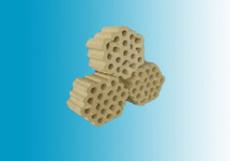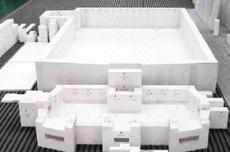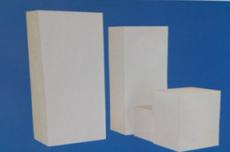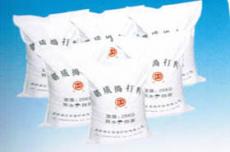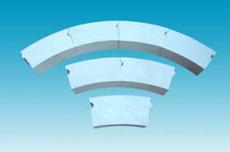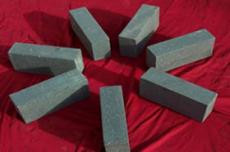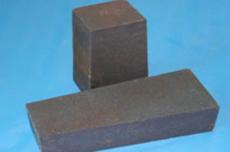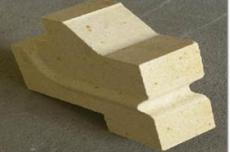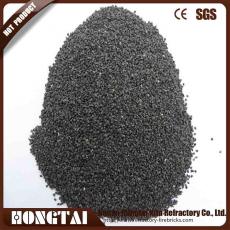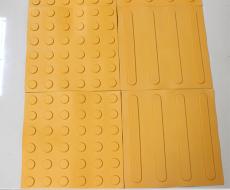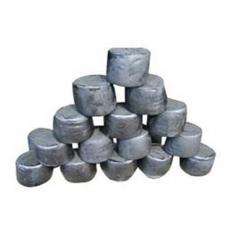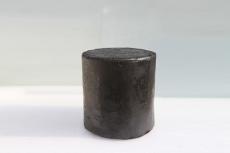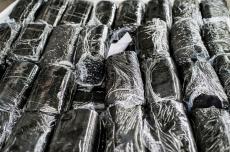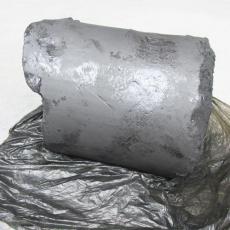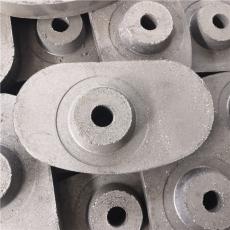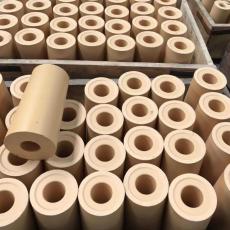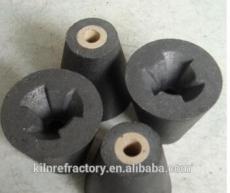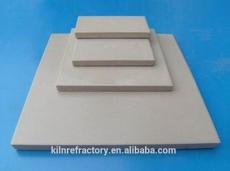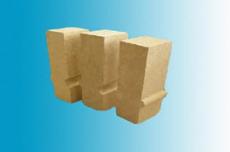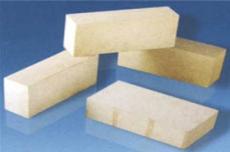
Bubbles are the most common and difficult to solve defects in glass, especially in crucible furnaces. How to judge and understand bubbles is very important for eliminating bubbles. There are three types of bubbles in general glass. The first type is clarified bubbles, which are bubbles remaining in the glass after initial melting and clarification; the second type is regenerated bubbles (i.e. secondary bubbles), which are bubbles that are basically no longer present in the glass melt, but are formed by the decomposed gas precipitated from the glass at a certain time; the third type of bubbles are some mixed gaseous, liquid or solid foreign matter, which are air bubbles, working bubbles, iron bubbles, pollution bubbles, etc. It is worth the attention of many companies that the third type of bubbles are often artificially created due to non-standard process operations in production.
01 Clarified bubbles
(1) Due to insufficient chemical clarifiers. For example, if the amount of polyvalent oxide clarifiers added is small, there is not enough gas generated in the glass, so the tiny bubbles generated in the glass cannot be driven to rise to the liquid surface and disappear.
(2) Excessive amount of chemical clarifiers. If too much oxidizing clarifier is added, especially cerium oxide, sodium nitrate, white arsenic, etc., the supersaturation of the clarified gas in the melt will increase. The bubbles cannot be completely discharged within a limited time. When the temperature drops, the concentration rate of the bubbles is very small, so they remain in the glass liquid. Generally, this situation will occur when the amount of cerium oxide used exceeds 180g, except for special materials such as cerium titanium.
(3) The effect of glass liquid flow. For example, in pool furnace production, feeding, melting, clarification, cooling, and product production are all carried out in the same process at the same time. Due to the formation of glass liquid flow, glass liquid convection, feeding and flame action during the material taking operation, bubbles (or airflow) are entrained when the glass liquid is pushed forward. When digging large materials from the crucible furnace, surging material liquid or inserting the material rod too deep into the liquid surface will cause liquid flow, destroying the clarified material liquid and forming bubbles. In the hot summer weather, the electric fan in the workshop blows and the outdoor air enters, which will cause ripples on the liquid surface and produce bubbles.
(4) Water vapor bubbles. Among all the residual gases in the glass, water vapor accounts for a large part. It comes from the water contained in the batch. People think that water will evaporate at 100, but water does not dissolve in the glass melt in the state of molecules, but enters the silicon-oxygen tetrahedral structure as OH ions. Sometimes it is not easy to discharge at 1300. For example, there have been many small bubbles as big as needle tips in two glass factories in our county. Various changes in the formula and increasing the furnace temperature are useless. After the quartz sand is dried and restored to the original formula and furnace temperature, the bubbles disappear.
These small bubbles are generally evenly distributed in the glass. They will be absorbed in part in the later period when the clarified liquid is better or when the temperature of the working pool (crucible material surface) is low. For example, we use cold air to blow the material surface after the red material and amber material are formed and cooled, so that it can absorb the bubbles as soon as possible. If the clarification process is not good, even if the liquid is left to stand or the working temperature is low, N₂, CO₂ and a small amount of water vapor in the glass liquid bubbles will not disappear. If the working viscosity is too low, serious streaks will appear.
02 Regeneration bubbles
Although most of the batch gas is discharged before the initial melting or precipitated during the initial melting and clarification stage, the gas dissolved in the melt cannot be completely removed. Bubbles (or reboiling bubbles) can be regenerated due to supersaturated gas in the liquid (excessive amount of oxidation clarifier) or excessive reduction of gas inhalation or heating of the liquid, or mechanical action and electrochemical reasons. If the amount of clarifier added to the batch is blindly increased, the tendency of reboiling will increase.
The appearance of bubbles at the edge of the hot explosion mouth is mostly due to the overflow of bubbles in the glass liquid due to heating or contact with flame gas, especially reducing flame. The hydrogen in the flame quickly penetrates into the glass to produce component reduction. The diffusion rate of the water vapor produced by the reaction is relatively low and it is not easy to be discharged to form bubbles. When drying the mouth, CO2 bubbles will be generated by pinching the cup mouth with fingers, and residual dirt such as sweat on the hands. Therefore, the flame atmosphere and product cleanliness should be mastered during processing operations. Another type is that vacuum bubbles are generated due to the large original tensile force when taking a large piece of glass in the crucible. Therefore, when taking a large piece of material, although the material is at a low temperature, it should not be too strong or too fast.
Bubbles caused by impurities Bubble defects caused by gaseous, solid, and liquid inclusions account for a large proportion of scrapped glass products, and most of these bubbles are caused by humans during operation.
03 Bubbles caused by gaseous impurities
Bubbles caused by surrounding gases. For example, when heating a certain part with kerosene or acetylene, when the formed glass reaches the softening point, the blown part will be wrapped in the surrounding gas or smoke; when picking up materials, separating the glass liquid or bonding the two glass liquid surfaces, air may be caught in the process; when installing handles, round handles, sticking the bottom, and connecting two layers of glass materials, because the air shrinks during cooling, concave holes appear, and gas will be caught when they are connected to form bubbles; when pressing glass, punching holes or inserting wires will push gas into the air to form bubbles. When feeding the feeder, the scissors do not fit well, which will produce scissor-printed bubbles; when the punch moves up and down, the material bowl is not sealed tightly, which will also inhale air and cause bubbles.
04 Bubbles caused by solid or liquid inclusions
(1) During operation, employees knock the rod underground to remove the glass on the rod head, but they do not pay attention to the dust on the rod head. The glass on the rod head is not knocked clean, and condensate, smoke, ironware, refractory clay, dust, etc. fall into the glass liquid. These are reducing substances composed of carbon and need to be oxidized, thereby changing the solubility of gas in the liquid and generating bubbles. Corroded tools such as pick rods and material spoons will cause bubbles to appear when metal oxides fall off and enter the liquid.
(2) Multiple wrapping of material wires. For example, when it comes into contact with soot in the kiln atmosphere, nitrate or Na2SO4 on the surface, a layer of white mist will appear in the middle. This is actually many tiny bubbles formed by reaction or decomposition. Since oil mist, coal, oil, steam and other smoke and dust often contain a large amount of carbon, direct contact with glass will also produce bubbles.
(3) Bubbles caused by material wires. When taking the material, the material wire is stretched and often flows into the glass liquid to produce bubbles. This is because the material wire is relatively low in temperature after leaving the liquid and absorbs the surrounding air. In addition, the material wire flows down along the neck of the cylinder and continuously erodes the refractory material at the cylinder mouth. The SiO2 and Al2O3-rich substances in the refractory material penetrate into the liquid. Its viscosity is different from that of the overall glass liquid, and the solubility of the gas is also different. When it is fused, bubbles are generated. Therefore, it is reasonable to prevent the pulling of material wire.
(4) The ups and downs of the liquid level not only draw the liquid with uneven gas solubility in the clarified part in advance, but also wash the liquid with higher viscosity along the wall of the pool down and infiltrate into the use part. Its gas solubility is different from that of the overall material composition, forming stripes and bubbles, so it is very important to keep the liquid surface calm. Frequently taking materials from the same place will cause fatigue of the liquid. That is, when taking materials from the same hole, the liquid has not yet rested to form a plane, but it will fluctuate again. The ring of holes that appear will shake back and forth and bury the gas adsorbed on the surface in the glass liquid, which will not only cause stripes on the bubbles, but also form bubbles according to the principle of different gas solubility.
(5) As for bubbles caused by refractory materials, paper pieces, wood dust, water droplets, flying powder, sodium sulfate, and flying soil and liquid droplets that fall into the cylinder mouth and discharge port due to carelessness during feeding, there are also electrochemical reasons and salt bubbles.
